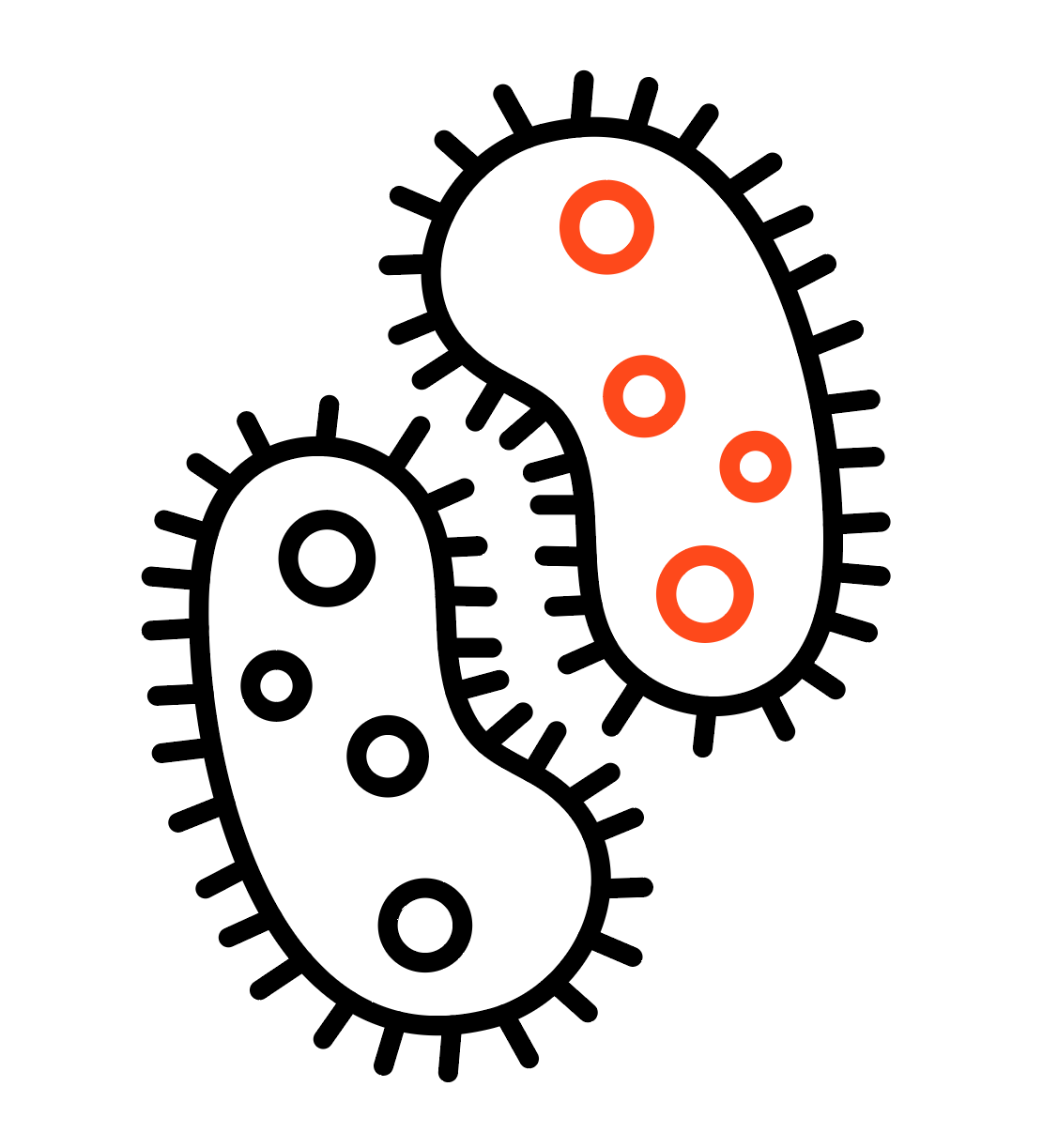The landscape of metagenomics and microbiome research is evolving at breakneck speed. As sequencing technologies improve and the demand for high-resolution, bias-free microbial data grow, the bottleneck is shifting from sequencing itself to the quality of upstream sample preparation. At the heart of this transformation is iconPCR™, our novel thermocycler platform that’s rapidly becoming indispensable for researchers aiming to push the boundaries of what's possible in microbial profiling.
The Challenge: PCR as a Limiting Factor
For years, conventional PCR systems have been both a workhorse and a weak link in microbiome and other workflows. Fixed-cycle PCR methods often force scientists into a guessing game: too few cycles and you risk dropout samples; too many and you introduce chimeras, amplification bias, and wasted sequencing capacity. The result? Compromised data quality, lost diversity, and labor-intensive NGS library normalization steps that slow down discovery.
As Dr. Stefan Green, Director of the Genomics Core at Rush University, puts it:
"PCR [cycling], in a way, is your enemy. The more cycles that you do, everything gets worse. The iconPCR for us is really a mechanism to limit the number of PCR cycles and limit the damage you do through amplification of your template molecules."
The Solution: iconPCR’s AutoNorm™ Technology
iconPCR, developed by n6, introduces a fundamentally new approach: per-well, real-time monitoring and adaptive cycling. Its AutoNorm™ technology tracks amplification in each well and automatically terminates PCR at the optimal point, eliminating the guesswork and batch effects of traditional workflows. It’s the PCR thermocycler with individually controlled wells you didn’t know you needed.
In a recent application note co-marketed with PacBio, the integration of iconPCR with PacBio's long-read sequencing unlocked a new standard in microbial profiling. Compared to conventional PCR, iconPCR delivered:
- Zero chimeras in all samples
- Up to 10x more unique amplicon sequence variants (ASVs)
- Significantly higher alpha diversity (Chao1, Shannon, Simpson indices)
- Enhanced detection of rare and previously undetectable taxa
- 40–60% reduction in hands-on time and lower reagent costs
The result is not just better data, but also a streamlined workflow that saves time, reduces consumable use, and minimizes the risk of failed libraries—making NGS library prep and automated NGS library preparation much more efficient.
Enabling New Science: From Soil to Spacecraft
The advantages of iconPCR extend far beyond theoretical improvements—they’re already enabling breakthrough science across diverse applications, from environmental microbiomes to the most challenging ultra-low biomass samples imaginable. Dr. Eric Chow, Director of UCSF's Center for Advanced Technology, highlights the practical transformation for high-throughput core facilities:
"With iconPCR, every sample's within one PCR cycle. We can just use one pipette… or, if you're okay with samples being within twofold of each other, you can just pull an equal volume with a multichannel going across a 96-well plate and that's just super fast and easy."
For Dr. Chow's team, iconPCR has eliminated the need for post-PCR quantification and laborious normalization, while also rescuing precious samples that might otherwise fail. Dr. Stefan Green’s group has even managed to amplify DNA from samples with just 500 femtograms of input—recovering all organisms in a mock community. That’s the kind of sensitivity that makes iconPCR a standout dna amplification platform for NGS.
At Penn State’s Genomics Core Facility, supported by the Huck Institutes of the Life Sciences and collaborating with the One Health Microbiome Center, iconPCR has helped microbiome researchers tackle the persistent problem of over-amplification in amplicon sequencing—a challenge that can mask true diversity and inflate costs. By enabling sample-by-sample optimization, the platform has allowed the team to minimize cycle numbers, cut out expensive QC and normalization steps, and reduce library prep costs by about 50%.
As Kerry Hair, Research Technologist, Genomics Core Facility, put it:
“iconPCR creates opportunities to fundamentally rethink how we process these microbiome communities… it has finally become easier to optimize those reactions and capture details that might be missing in over-amplified samples.”
Industry Partnerships: Raising the Bar
- SeqCenter now offers a full-length 16S rRNA sequencing service using iconPCR and PacBio, delivering high-resolution taxonomic data that traditional short-read methods can’t match. By incorporating iconPCR's AutoNorm technology, the service ensures optimal amplification for each sample, eliminating the over-amplification artifacts and under-amplification issues that have historically plagued PCR NGS workflows.
- Zymo Research has teamed up with n6 to combine their ZymoBIOMICS workflows with iconPCR’s precision, making NGS library prep more reliable and reducing chimera rates.
Curious about the latest in long-read 16S rRNA metagenomics? Zymo Research and n6 are co-hosting an upcoming webinar: “Advancing Long-Read 16S rRNA Metagenomics: Workflow Innovations for Robust Results.”
A Platform for the Future of Microbiome Research
As NGS becomes ever more accessible and sample numbers scale into the thousands, the need for robust, automated, and bias-free library prep is only growing. iconPCR’s unique approach—now validated by leading genomics cores and recognized as a PacBio-compatible partner—positions it as a critical enabler for the next era of microbiome, metagenomics, and spatial transcriptomics research.
Dr. Stefan Green sums it up:
“iconPCR does what it says it does. We really do think this is an instrument that every genomics core should want to have.”1
n6 is committed to delivering next-generation tools that empower scientists to achieve more with every sample. If you’re ready to make your thermocycler work smarter, not harder, reach out to the n6 team. Let’s amplify your science—one well at a time!





